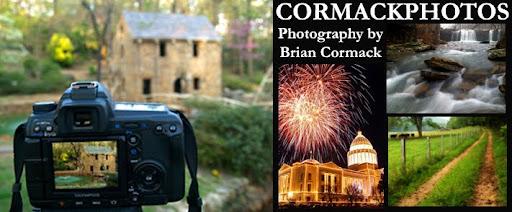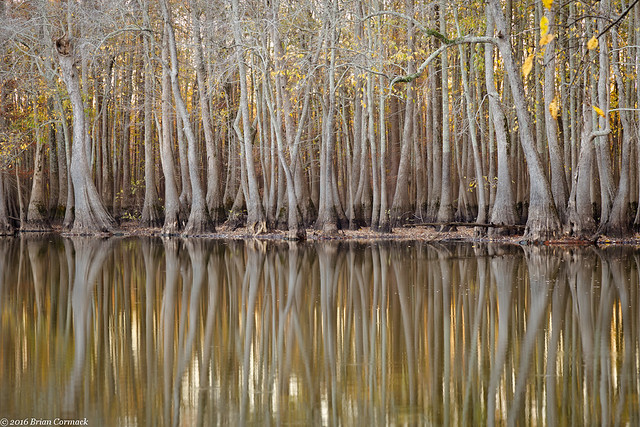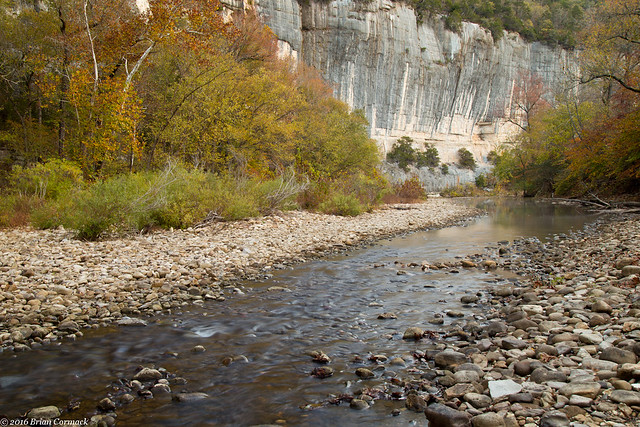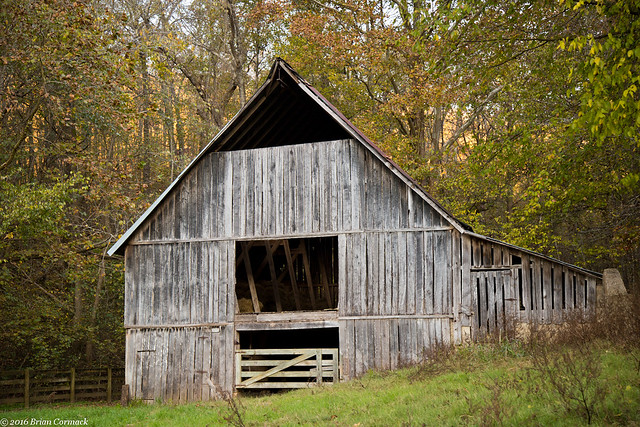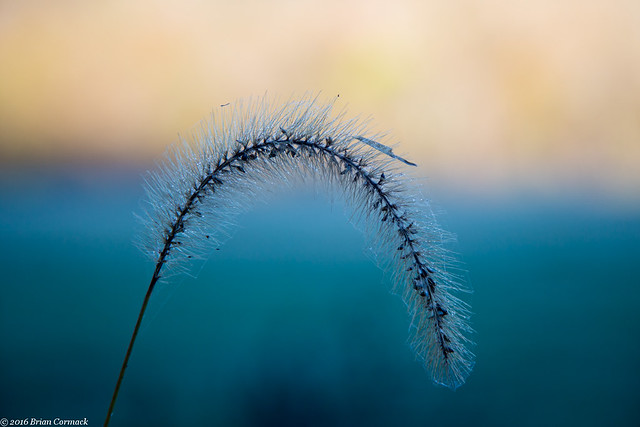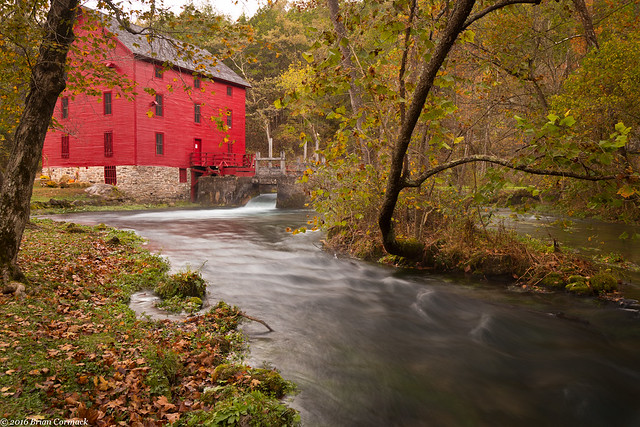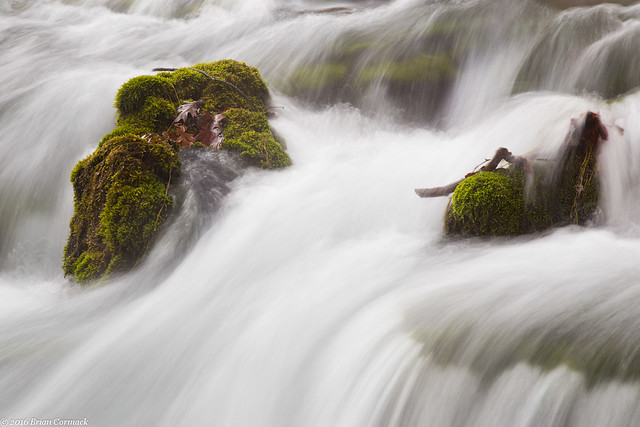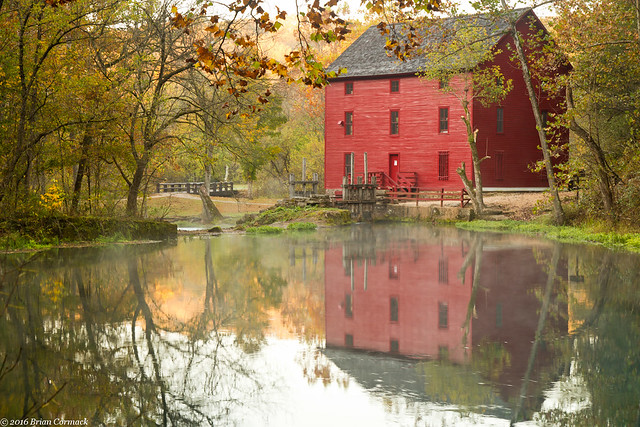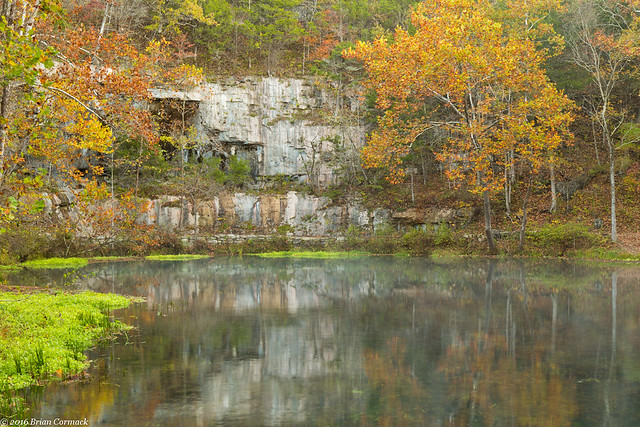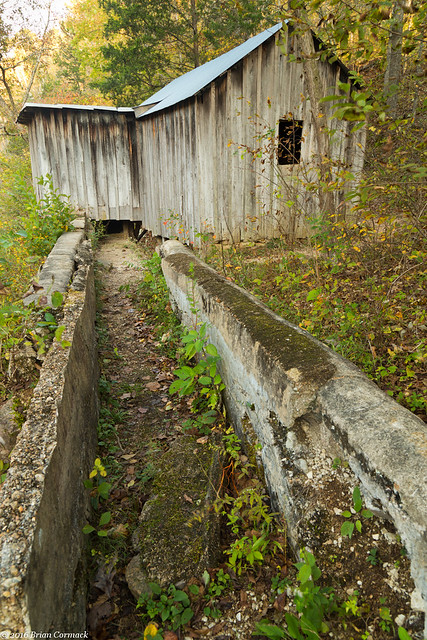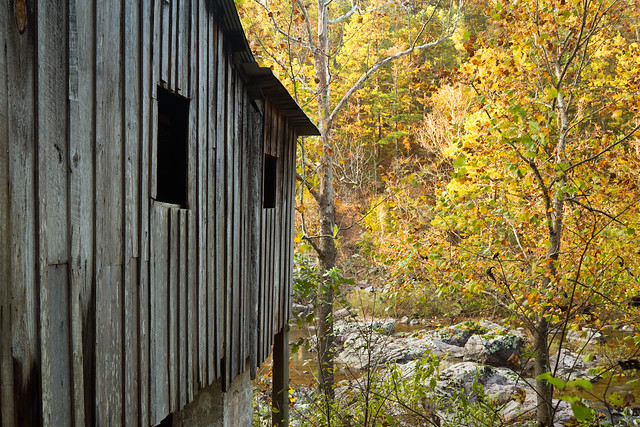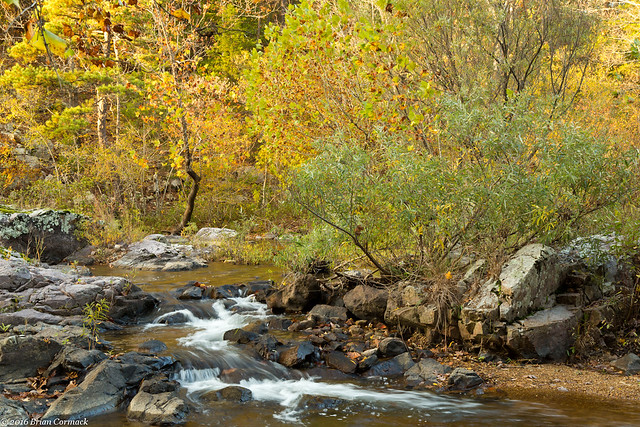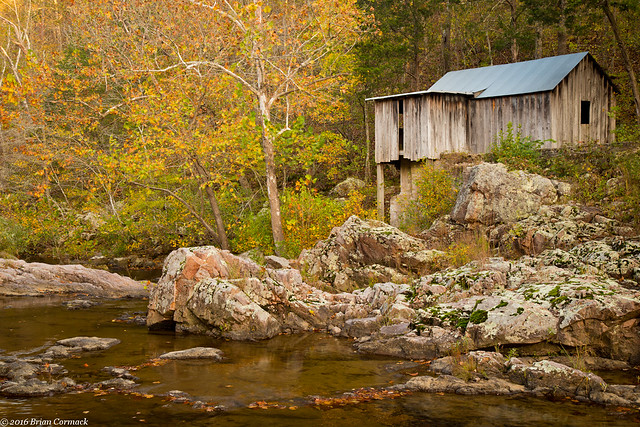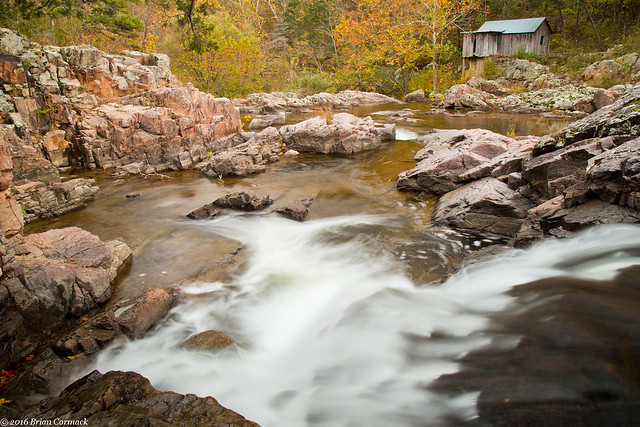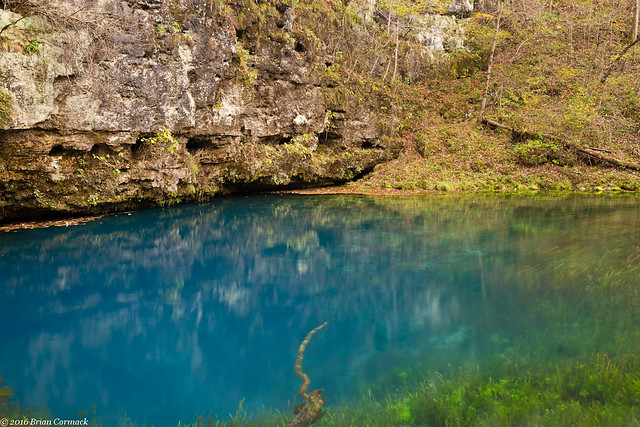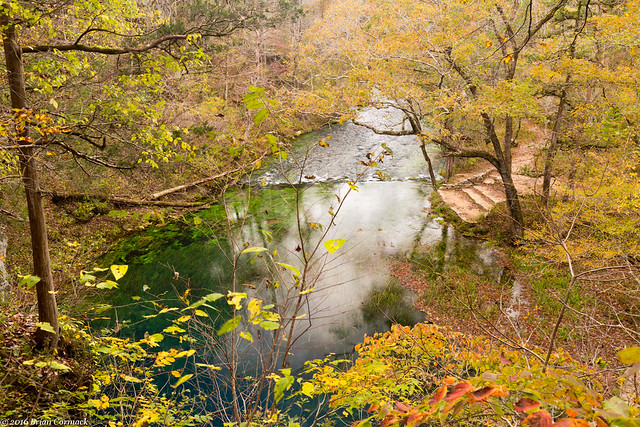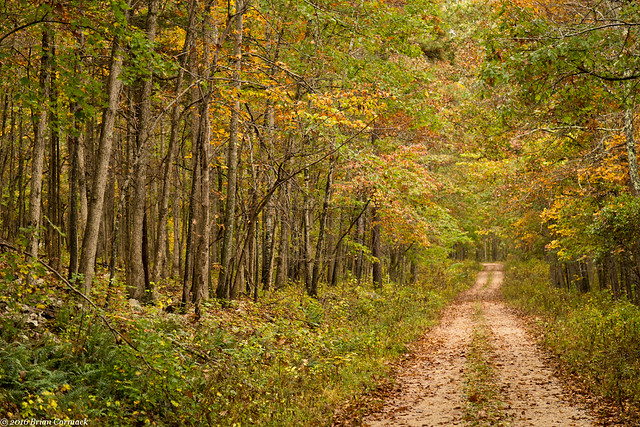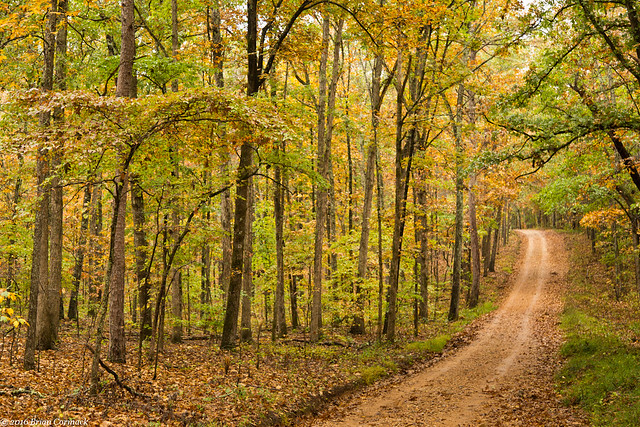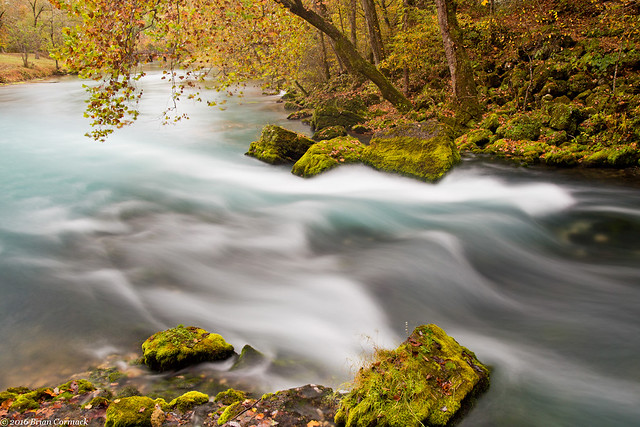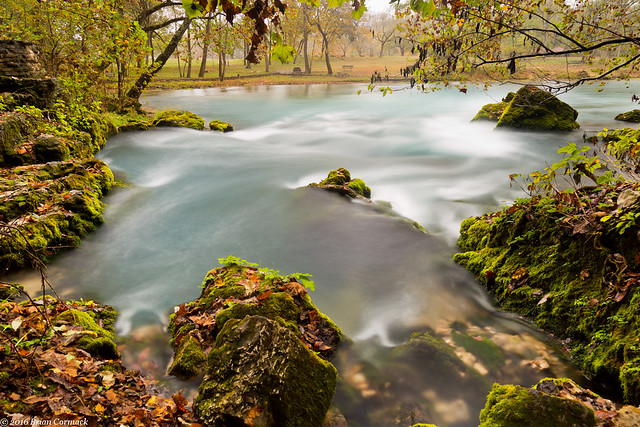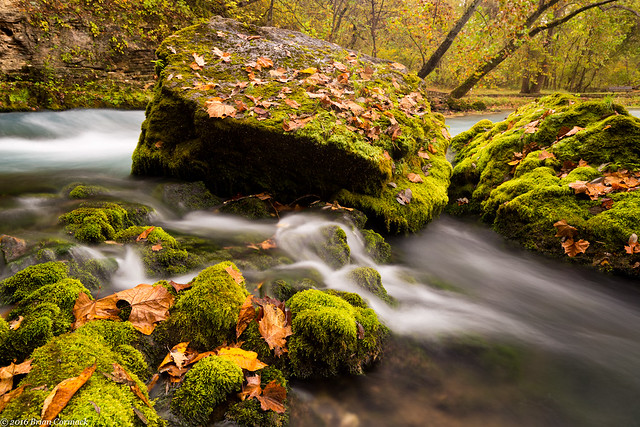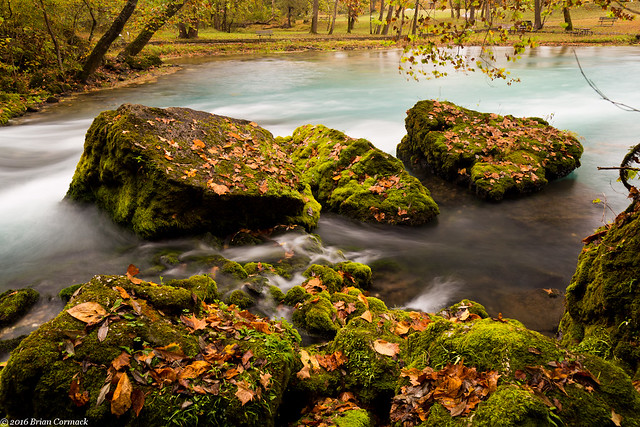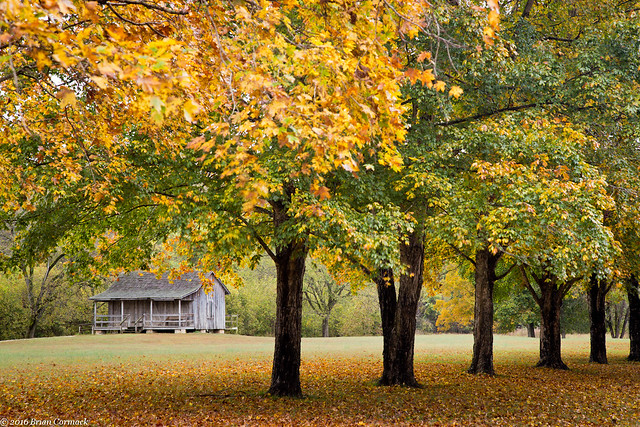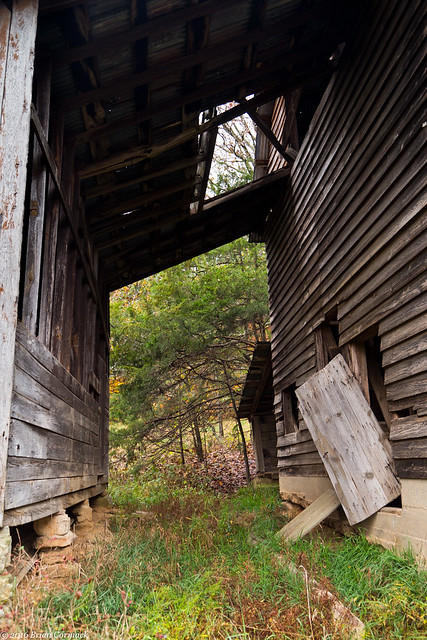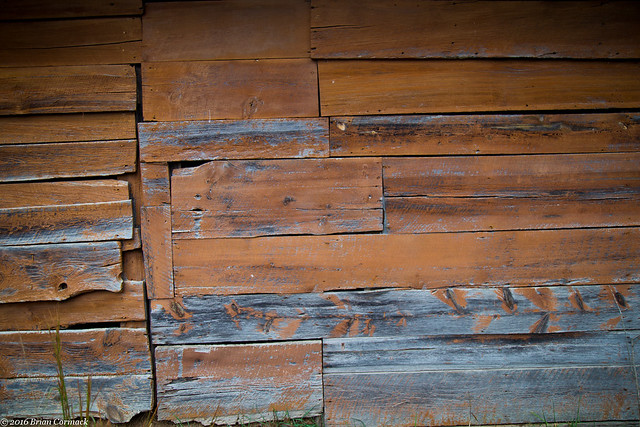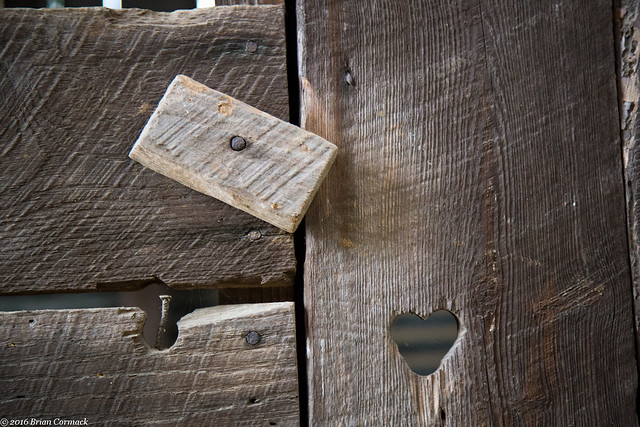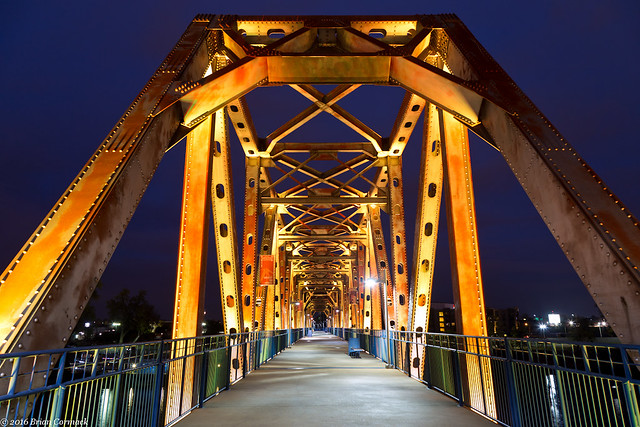
The Junction Bridge actually sits right atop the actual little rock that gave the city of Little Rock its name. The rock was a small outcrop that jutted out from the riverbank, and is part of the foothills of the Ouachita Mountains. The rock got its name thanks to French explorers, who traveled up the river in 1722. After passing through the flat and meandering Delta, the explorers saw the small bluff and then a larger bluff upstream around a bend. They called the larger bluff The French Rock (or "le Rocher Francais" to be exact). It became known as Big Rock, while the smaller bluff became Little Rock.
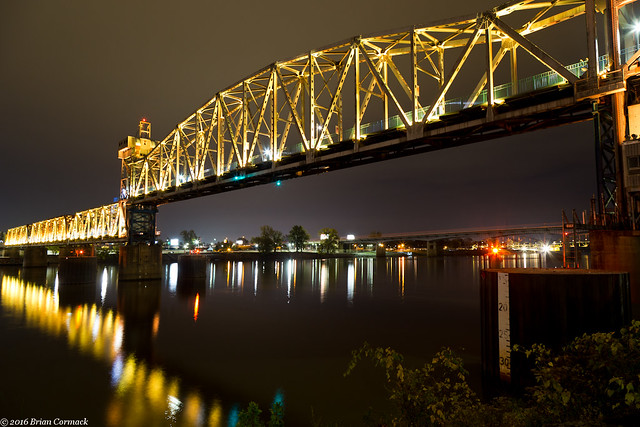
A town was eventually settled around the little rock, which quickly rose in prominence after it was chosen as the territorial capitol of the state (replacing the mosquito-infested and oft-flooded Arkansas Post). But as the new capitol city grew, steamboats began docking near the rock. As a result, the neighborhood around it became filled with saloons and brothels. Fights were routine in the area, so much that streets and alleys became known as "Battle Row" and "Fighting Alley." The neighborhood surrounding the rock was given the name "Hell's Half Acre."
So it's almost easy to see why it would be allowed for the little rock to be mostly destroyed to make way for a bridge, since it wasn't in what was considered to be the best part of town. Starting in the 1870s, large sections of the little rock were dynamited away and then unceremoniously dumped in the river. The Junction Bridge actually used the remaining section of the rock as an anchor for the bridge supports.

Of course nowadays it would be unthinkable to destroy a landmark like that, but I guess historic preservation wasn't the top priority in the 1870s. But the conversion of the Junction Bridge to a pedestrian bridge has become part of the massive revitalization that has taken hold of downtown Little Rock in the past twenty years. The bridge itself is a true attraction (and one of the best places to get pictures of the Little Rock skyline). The neighborhood around the old "Hell's Half Acre" is again seeing large crowds with people flocking to the River Market and the many restaurants and bars that line the streets (although there aren't any brothels around there nowadays).
